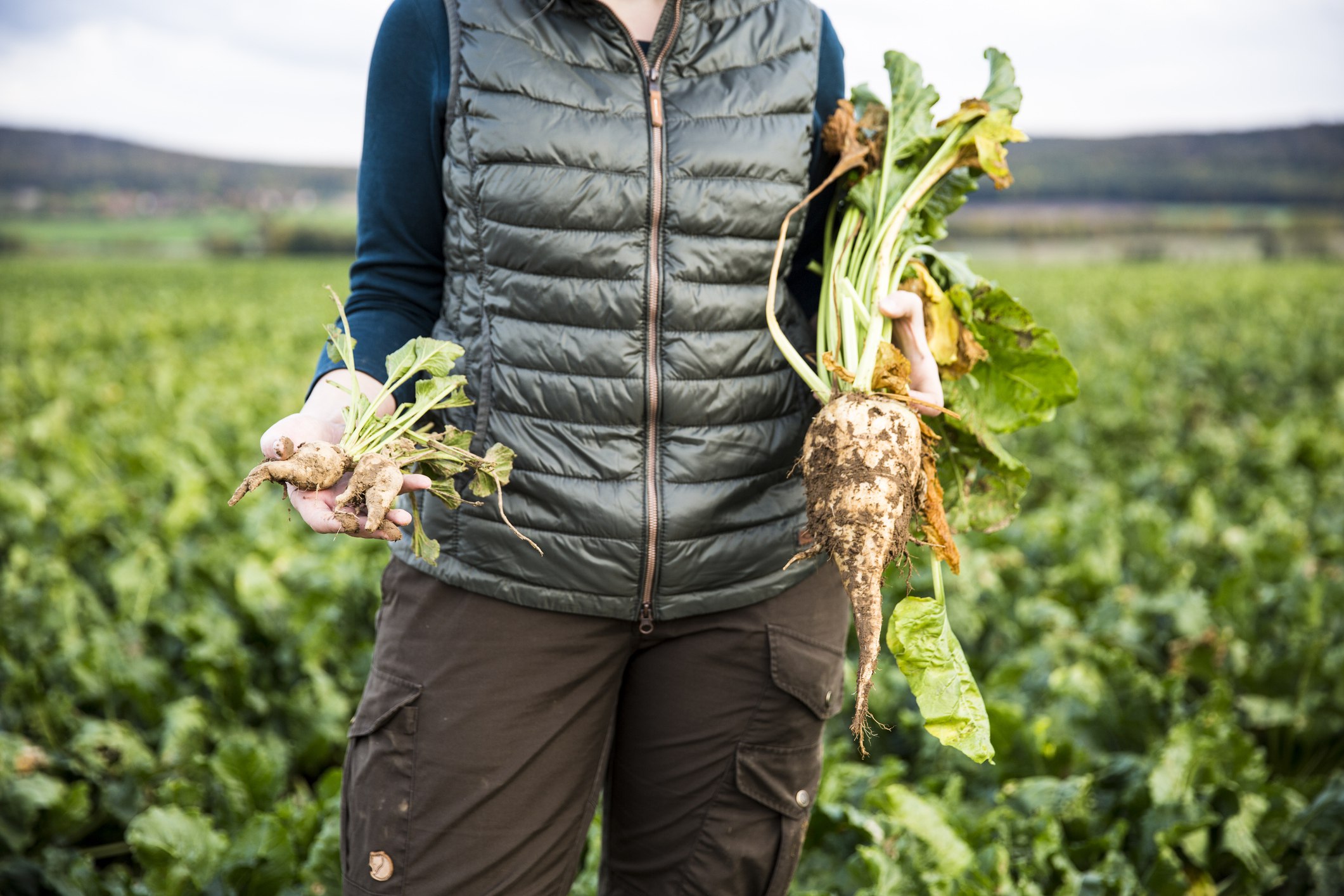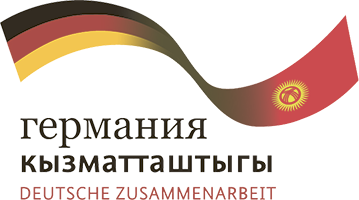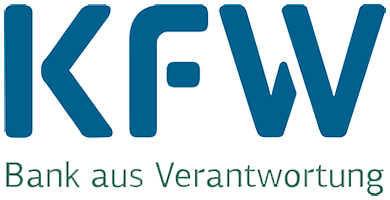Sugar VC

Description
The sugar industry in Chui Oblast is well established and substantially contributes to the income of around 2,000 farmers. In 2022, they cultivated around 9,000 ha. The sugar beets produced by these smallholders are processed by two sugar factories, both belonging to the same owner. These factories deliver the seeds according to the choice of farmers and conclude contracts with them for delivering defined sugar beet quantities. The farmers supply sugar beets to eight collection points and receive payment for delivery in cash (30%) and in kind (70% in sugar and cake). The sugar farmers receive as payment in kind, they sell on their own. Hence, farmers carry a great deal of storage costs and price risk.
The country’s sugar production covers the demand by approximately 55%. The rest is covered by importing unrefined cane sugar that is refined by the two factories to extend the processing period.
It is known that sugar production on sugar beet basis cannot compete pricewise with sugar production on sugar cane basis. However, the Eurasian Economic Union (EEU) protects the sugar beet production within its borders by a functioning customs’ system. The sugar prices within the EEU are a function of the sugar beet production mainly of Russia, Belarus, Kazakhstan, and Kyrgyzstan, whereas Kyrgyzstan hardly has any influence due to low production volumes as compared to the other countries. Prices had a depression in the years of 2017 to 2019, ranging around 33 KGS/kg and were increasing ever since up to its peak in 2021 with 86 KGS/kg. In 2022 the price dropped to 73 KGS/kg again. However, over time, sugar production became more profitable, at least for the processing factories.

Current situation and problems
With yields of less than 50 t/ha on average, sugar beet production is insufficiently profitable to compete with other crops in the Chui Valley. This is reflected in their declining areas in the last 5 years. The agronomic methods of sugar beet production leave a lot of room for improvement. Particularly, fertilization of the sugar beet crop is insufficient in quantity and unbalanced with respect to the different nutrients. The correct timing of field operations is insufficiently obeyed. Autumn ploughing is not practiced but would accumulate water in the soil and thus increase water availability of the crop during production season. In addition, it would contribute to pest control. On such soils settled during wintertime, the seeds germinate much more equal. Another big issue is that no propper crop rotation is followed. If all these agronomic issues would be followed, yields of clearly above 50 t/ha sugar beets would be possible and would make it an attractive crop again.
How the project assists the value chains
Scheme measures focus on agricultural advisory services to increase yields. Yields can be increased from below 50 t to 80 t by adopting an advanced production method. Despite higher costs per ha the net profit increases by 70%. The access to quality machinery services is a pre-condition for increasing yields. This will make sugar beets interesting again for specialized farmers.
The processing capacity of the two processing factories limits the sugar beet volume they can purchase from farmers. In this situation, increased yields mean that the sugar beet area needs to be reduced to avoid over-production. Less specialized and productive growers will give in sugar beet production and change to other crops. Such a development contributes to maintain the sugar business of the country, increases land productivity in sugar producing areas, and contributes to food security as marginal or less well managed sugar beet fields would be cultivated with other crops.
Machinery stations have all required implements available but some are outdated. Stations, which collaborate with the scheme, might need to renew some of their implements to improve machinery operations for farmers and to deliver them in time. Affordable credit lines could be used for this purpose.





